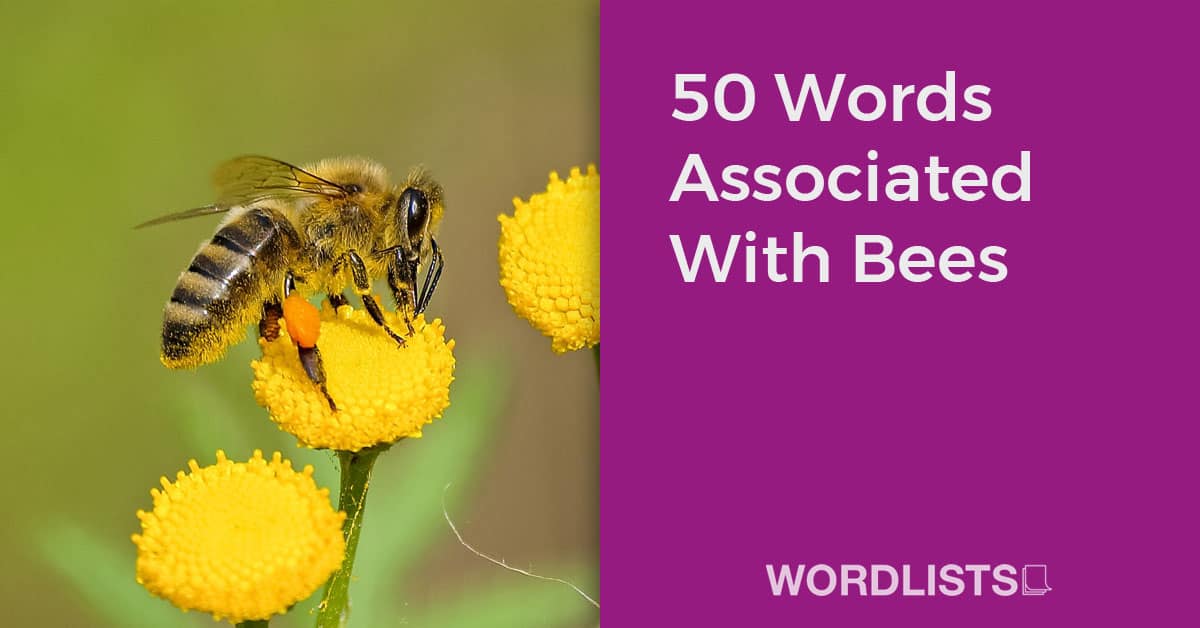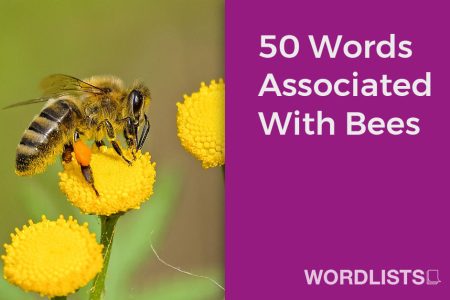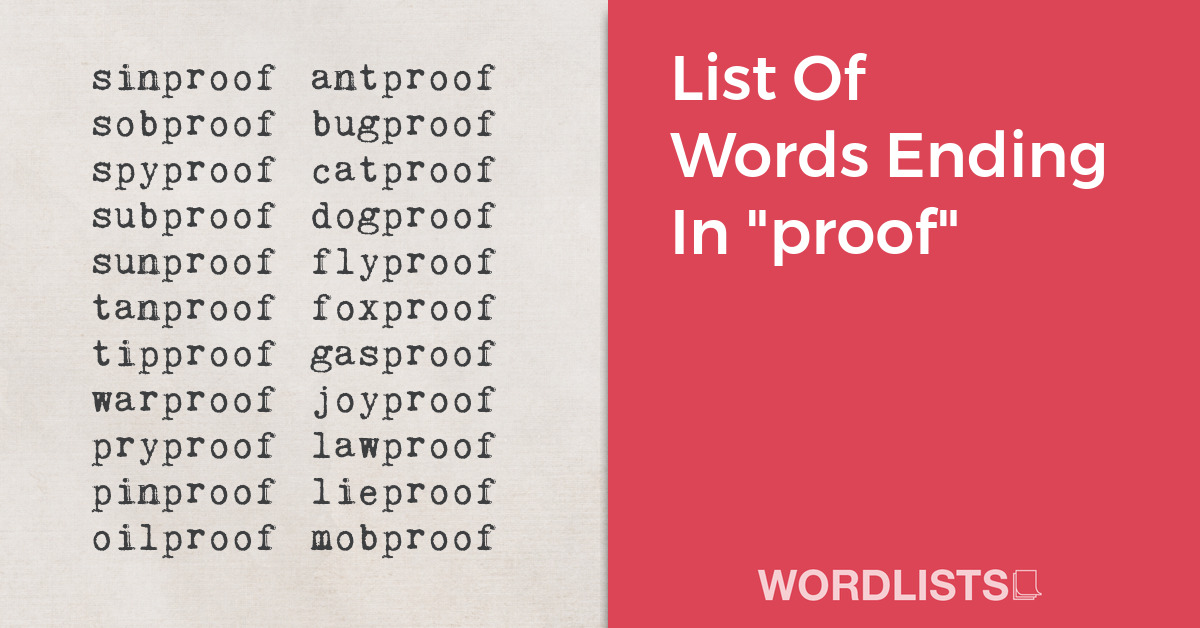Bees are an important part of our ecosystem, pollinating flowers and plants and producing honey. These hardworking insects have a rich and fascinating history, and there are many words associated with bees that help us understand and appreciate them.
From terms for different types of bees to words that describe the hive and the honey-making process, this list of 50 words will give you a greater understanding of these important creatures.

Subscribe to our mailing list to receive FREE exclusive content and offers!
50 Words Associated With Bees Meanings
Colony: A community of bees living together, typically consisting of one queen, thousands of workers, and, during certain periods, drones.
Venom: A toxic substance secreted by bees, injected into a victim through their sting, which causes pain and swelling.
Pistil: The female reproductive part of a flower where bees collect nectar and pollen, contributing to pollination.
Bee pollen: Tiny granules collected by bees from flowers, packed with proteins, vitamins, and minerals. It is often harvested and used as a nutritional supplement by humans.
Bee venom therapy: A form of alternative medicine that uses the venom from bees to treat various conditions, such as arthritis and multiple sclerosis.
Drone: A male bee in the colony, whose primary role is to mate with the queen.
Honey production: The process of bees converting nectar into honey by evaporation and enzymatic activity, then storing it in honeycomb cells within the hive.
Nectar: A sweet liquid produced by flowers, collected by bees as the primary ingredient for honey.
Communication: The means by which bees interact with each other, typically through movements (like the waggle dance) and pheromones, to convey information about food sources, threats, and hive conditions.
Wax: A substance produced by worker bees and used to construct the honeycomb, where honey is stored and eggs are laid.
Biodiversity: The variety of life in the world or in a particular habitat or ecosystem, to which bees contribute significantly by pollinating a wide variety of plants.
Hive mind: The collective behavior of bees acting as a unified entity, coordinating their actions for the survival and success of the colony.
Anaphylaxis: A severe allergic reaction, which can sometimes be triggered by a bee sting, causing symptoms like difficulty breathing, a drop in blood pressure, and skin reactions.
Swarm: A large group of bees, typically including a queen and thousands of workers, that split from the original colony to form a new one.
Agriculture: The science or practice of farming, in which bees play a vital role by pollinating crops, thus increasing yield and quality.
Sting: The sharp pointed organ of a bee, used to inject venom as a defense mechanism.
Flower: The reproductive part of a plant, which bees visit to collect nectar and pollen, aiding in the plant’s pollination process.
Bee suit: Protective clothing worn by beekeepers when handling bees, designed to prevent stings.
Hive: The structure that houses a bee colony, either naturally occurring (like in a tree) or man-made for beekeeping.
Habitat: The natural environment in which bees live, which can range from forests to meadows to urban gardens.
Ecosystem: A community of interacting organisms and their physical environment, in which bees play a crucial role through pollination.
Hay fever: An allergic reaction often caused by pollen, to which exposure can be increased through the presence of bees.
Conservation: The practice of protecting and preserving the natural world, important for bees due to threats from habitat loss, pesticides, and disease.
Bee milk: Also known as royal jelly, it is a substance secreted by worker bees and used as the sole nutrition for queen larvae.
Pollination: The transfer of pollen from the male parts of a flower to the female parts, resulting in fertilization. Bees are a key pollinator in many ecosystems.
Beekeeper: A person who keeps and tends to bees for purposes such as honey production, pollination services, or to maintain bee populations.
Pollen: Fine powdery particles, typically yellow, consisting of microscopic grains discharged from the male part of a flower or from a male cone, transported by bees during pollination.
Petal: The colorful part of the flower that attracts bees and other pollinators.
Smoker: A tool used by beekeepers to generate smoke which is then introduced into the hive to calm the bees and reduce defensive behavior.
Propolis: A resinous substance collected by bees from tree buds and used as a sealant in their hive, also known to have antimicrobial properties.
Larva: The immature form of a bee that develops from an egg, before undergoing metamorphosis into a pupa.
Apiary: A place where beehives are kept, also known as a bee yard.
Blossom: The flower of a plant, especially one that is abundant or showy, which attracts bees for pollination.
Allergy: An adverse immune response to certain substances. Some individuals may be allergic to bee stings or pollen carried by bees.
Waggle dance: A figure-eight dance performed by worker bees to communicate to other bees in the hive the distance and direction of a food source or potential new nest site.
Bee bread: Fermented pollen stored in the honeycomb and used as food by bees.
Honeycomb: A structure of hexagonal cells of wax, made by bees to store honey and pollen, and house their larvae.
Nectary: The part of a flowering plant that produces nectar, a primary food source for bees.
Bee line: A direct, straight route, coined from the belief that a bee flies straight back to its hive after gathering nectar.
Queen: The only fertile female in a colony of bees, whose main function is to lay eggs.
Pollen allergy: An allergic reaction to pollen, which can be carried by bees from flower to flower.
Royal jelly: A substance secreted by worker bees that is used to feed all larvae in the early stages and is the sole food for larvae that will develop into queen bees.
Honey: A sweet, viscous food substance made by bees and stored in wax honeycombs inside their hives.
Beekeeping equipment: Tools and materials used in the care and management of bees, such as hives, smokers, bee suits, and hive tools.
Social behavior: The interactions among members of the same species, such as the complex social structure of a bee colony.
Hive tool: A multi-purpose tool used by beekeepers to manipulate hive components and manage bees.
Pupa: The stage in a bee’s life cycle between the larva and adult stages, during which the bee is typically non-moving and encased in a protective covering.
Reproduction: The process by which new bees are created, involving the queen laying eggs that are fertilized by the drones.
Worker: The female bees in the colony who do not reproduce but perform all the tasks needed for the survival of the colony, like foraging for nectar and pollen, caring for the queen and larvae, and building and cleaning the hive.
Stamen: The male fertilizing organ of a flower, typically consisting of a pollen-containing anther and a filament, where bees collect pollen.







